In the fields of electronic repair, DIY production, and industrial processing, hot air guns and soldering irons are indispensable heat treatment tools. But many users often encounter difficulties in choosing when making purchases. This article will delve into the seven key dimensions of these two types of tools to help you make informed investment decisions.
Comparison of working principles between hot air gun and electric soldering iron
There are fundamental differences in the heating principles between a hot air gun and an electric soldering iron
The hot air gun adopts airflow heating method, which heats the air to 100-550 ℃ through electric heating elements and sprays it out. For example, a certain industrial grade 2000W model can generate a high-temperature airflow of 480 ℃, and the air volume can be precisely adjusted between 5-25 liters per minute. This non-contact heating method is suitable for processing large-area workpieces, but the thermal energy utilization rate is relatively low, about 35-50%.
Electric soldering iron relies on direct contact to conduct heat, and a typical 60W soldering station can reach a working temperature of 350 ℃ for the soldering head in half a minute. The temperature control accuracy of high-end models (such as JBC precision welding table) can reach ± 1 ℃. Contact heating improves energy transfer efficiency to over 70%, making it particularly suitable for small solder joints that require precise heating.
The key difference lies in:
-Hot air gun: large heating range but low efficiency
-Electric soldering iron: energy concentration but limited action area
This fundamental difference in working principles determines the clear division of labor between the two in application scenarios. Understanding this core difference is the primary prerequisite for choosing the right tool.
Comparison of application scenarios between hot air gun and electric soldering iron
Hot air guns have more advantages in the following scenarios:
1) Multi pin chip desoldering (such as QFP, BGA package chips)
2) Large diameter heat shrink tubing treatment (3 times more efficient than soldering iron)
3) Plastic welding and forming (ABS/PVC and other materials)
4) High temperature operation requirements (such as paint peeling above 500 ℃)
Electric soldering iron is more suitable for:
1) Traditional through-hole component soldering (resistors, capacitors, etc.)
2) Precision solder joint repair (0402 and other micro components)
3) Wire connection and processing (multi strand wire welding is more reliable)
4) Accurate positioning and soldering of SMD components
Typical application examples:
In mobile phone maintenance, removing BGA chips requires the use of a hot air gun (320 ℃ with low air volume)
When replacing the USB interface, the soldering iron (380 ℃ tip) can achieve more precise soldering operations
Key points for selection:
-Non contact, large-area heating selection hot air gun
-Precision contact welding selection soldering iron
-Suggest using in conjunction with complex maintenance tasks
In depth analysis of the five-year usage cost of hot air gun and electric soldering iron
At industrial level usage intensity (daily average usage: 2 hours for hot air guns/4 hours for soldering irons), the cost structure of the two types of tools shows a significant difference:
1、 Initial investment cost
The market price range for mid-range models of hot air guns is 800-1500 yuan, while the purchase cost for soldering iron stations of the same grade is 500-1000 yuan. The price difference mainly comes from the more complex temperature control system and airflow generation device of the hot air gun.
2、 Continuous expenditure
1. In terms of consumables:
-The nozzle and filter of the hot air gun need to be replaced every year, with a cost of about 50 yuan
-The annual loss of soldering iron tips is about 100 yuan (due to more frequent contact wear)
2. Energy consumption:
-The hot air gun has a power of 1500W and an annual power consumption of 1095 kWh (2 hours x 365 days)
-Electric soldering iron with a power of 60W and an annual power consumption of only 88 kWh (4h x 365 days)
Calculated at 0.8 yuan/kWh, the annual electricity bill difference reaches 805 yuan
3. Maintenance and upkeep:
Due to its complex structure, the annual maintenance cost of the hot air gun is about 100 yuan, which is 50 yuan higher than that of an electric soldering iron
3、 Five year total cost of ownership
The cumulative expenditure for the hot air gun is about 6500 yuan (including 3480 yuan for electricity)
The cumulative expenditure on electric soldering iron is about 3500 yuan (including 352 yuan for electricity)
Key findings:
1. Electricity expenses account for 53.5% of the total cost of the hot air gun
2. The consumables cost of electric soldering iron accounts for a higher proportion (28.6%)
Although the initial price difference is only 500-1000 yuan, the five-year usage cost difference can reach 3000 yuan
Suggestion: High frequency users should consider energy consumption differences, while low-frequency users should pay more attention to initial investment costs. It is recommended to equip both tools simultaneously in professional workplaces to optimize overall usage costs.
Comparison of operational difficulty and learning curve
The operational complexity of a hot air gun is significantly higher than that of an electric soldering iron, mainly reflected in three-dimensional parameter control:
Key control elements of hot air gun:
1. Temperature (adjustable from 100-550 ℃)
2. Airflow (5-25L/min fine adjustment)
3. Distance (optimal working distance 2-5cm)
The most common mistake made by beginners is improper distance control, with statistics showing that over 50% of components are damaged as a result. Professional operations such as QFP chip disassembly and soldering require mastering the "three-stage" technique: first preheat the entire PCB at 120 ℃, then heat the chip with low air flow at 300 ℃, and finally remove it using specialized tools.
Core control dimensions of electric soldering iron:
1. Temperature (usually 200-450 ℃)
2. Contact time (ideally 1-3 seconds)
3. Pressure (maintain appropriate contact strength)
Basic welding techniques can be mastered through 8-10 practice sessions, but advanced skills such as drag welding require at least 20 hours of specialized training. It is particularly important to note that a solder joint contact time exceeding 5 seconds may cause the PCB copper foil to peel off.
Comparison of Learning Costs:
-Hot air gun: 15-20 practical operations to achieve basic mastery
-Electric soldering iron: 8-10 practice sessions can complete basic operations
It is recommended that beginners master the operation of electric soldering iron first, and then gradually learn the skills of using a hot air gun. Professional maintenance personnel usually need to master the operating essentials of two tools simultaneously.
Guidelines for safe operation of hot air gun and soldering iron
Safety hazards and protective measures of hot air guns:
1. Risk of high temperature burns
-The temperature at the air outlet generally exceeds 400 ℃, and contact for 1 second can cause third degree burns
-It is recommended to wear professional heat-resistant gloves during operation (capable of withstanding temperatures above 300 ℃)
-It is necessary to use a matching bracket to fix the equipment. According to occupational safety data in the United States, 27% of work-related injuries are caused by handheld operation errors
2. Protection against toxic gases
-Heating plastics will release harmful gases such as benzene derivatives
-Mandatory installation of HEPA grade filtration system (filtration efficiency 99.97%)
-The work area needs to maintain a ventilation rate of ≥ 15 times/hour
The main hazards and countermeasures of electric soldering iron:
1. Contact burns
-Accounting for 83% of all accidents, usually occurring during the retrieval and placement process
-Suggest equipping a magnetic soldering iron holder to reduce the chance of manual contact
-The workbench needs to use flame-retardant pads (temperature resistance ≥ 500 ℃)
2. Respiratory protection
-Solder smoke contains heavy metal particles (even lead-free solder contains copper, silver, etc.)
-Smoke purification device with activated carbon filter must be configured
-Sensitive individuals are advised to use P100 level particulate matter masks
3. Electrostatic protection
-Poor grounding may generate>1000V static electricity
-An anti-static wrist strap (with a resistance of 1M Ω) is required
-Before operating CMOS devices, it is necessary to measure the ground voltage (<50V)
Comprehensive suggestion:
1. Clear high-temperature warning signs should be set up in the hot air gun operation area
2. The electric soldering iron workbench needs to be equipped with emergency burn ointment
3. Both tools require regular insulation performance checks (>5M Ω)
4. It is recommended to participate in safety operation refresher training every quarter
Note: According to OSHA standards, if the hot air gun is used continuously for more than 30 minutes, a 15 minute break must be taken to avoid accidents caused by fatigue operation. All protective equipment shall comply with ANSI/ISEA certification standards.
Outlook on Hot Air Gun and Electric Soldering Iron Technology in 2025
There will be three major innovations in the field of hot air guns:
1. Upgrade of intelligent temperature control system
The new generation of AI algorithms can achieve temperature fluctuation control of 0.1 ℃ level (such as Quick 861DW Pro), and through real-time environmental compensation technology, the temperature difference accuracy is improved by 60%. Test data shows that the system can complete calibration within 0.3 seconds in the event of a sudden temperature change caused by a sudden window opening.
2. Modular architecture innovation
The replaceable heating module launched by JCD company reduces maintenance costs by 70%. Users can replace the 1500W heating core within 30 seconds, just like replacing a printer ink cartridge, and support flexible configurations with power ranging from 800W to 2000W.
3. Breakthrough in energy efficiency
The low-power model using gallium nitride technology can output performance equivalent to traditional 1500W models with only 800W power. It has been tested to save 4.2 kWh of electricity when working continuously for 8 hours. The secret lies in the innovative heat pipe reflux design, which increases the thermal energy utilization rate to 58%.
Synchronous evolution of soldering iron technology:
1. Popularization of high-frequency induction systems
The new generation of Metcal welding station achieves a rapid temperature rise of 3 seconds (traditional models require 30 seconds), and automatically cools down to a safe temperature in 15 seconds in sleep mode, making it particularly suitable for high-density welding scenarios.
2. Magnetic temperature control system
Hakko's patented magnetic soldering iron tip achieves ± 1 ℃ ultra precision control through the Curie point principle, resulting in a 99.3% yield rate in 0201 component soldering.
3. Wireless Freedom Revolution
Subsequent models of TS101 will extend battery life to 45 minutes, support PD fast charging (15 minutes to fully charge), and be equipped with intelligent sleep function, fully meeting the needs of mobile maintenance. Its weight is controlled at 85g, which is 40% lighter than traditional soldering pens.
These innovations will redefine the standard configuration of maintenance workstations, and it is expected that by the end of 2025, the market penetration rate of intelligent temperature control devices will exceed 45%. Professional users need to pay attention to the compatibility of modular systems and plan tool upgrade paths in advance.
The Ultimate Guide to Choosing Hot Air Gun and Electric Soldering Iron
Selection strategies for different needs:
Prioritize the four major scenarios for selecting a hot air gun
1. Modern electronic maintenance: especially the disassembly and soldering operations of advanced packaged chips such as BGA and QFN
2. Non contact processing: including special processes such as plastic welding and paint peeling
3. Spacious working environment: It is necessary to ensure at least 1m ² of operating space and good ventilation
4. Adequate budget preparation: It is recommended to invest 1000-3000 yuan in mid to high end models
Electric soldering iron is more suitable for working conditions
1. Traditional electronic assembly: the preferred tool for soldering through-hole components
2. Precision welding requirements: especially for micro welding points with a spacing of less than 1mm
3. Restricted workspace: suitable for operating in narrow environments
4. Limited initial budget: Welding stations that meet basic needs can be purchased within 800 yuan
Professional user configuration plan
It is recommended to use the combination configuration of "JBC 245 mid-range soldering station (about 2000 yuan)+858D basic hot air gun (about 800 yuan)", with a total investment of about 2800-3000 yuan. This configuration has been tested and can meet the following requirements:
-Smartphone motherboard repair
-Repair of home appliance control board
-Conventional electronic research and development scenarios
Special field solutions
Suggestions for professional fields such as automotive electronics:
1. Dual system all-in-one machine (such as Weller WX series)
2. Price range: 5000-8000 yuan
3. Core advantages:
-0.5 second quick switch mode
-Shared intelligent temperature control system
-Unified consumables management
The Golden Rule of Purchasing
1. Evaluate the main job responsibilities (70% rule)
2. Reserve 20% performance margin
3. Prioritize selecting equipment with open consumable systems
4. Confirm the after-sales technical support capability
Note: It is recommended that beginners start with an electric soldering iron and gradually expand their hot air gun skills after mastering the basics. A professional maintenance station should be equipped with a basic combination of at least 2 soldering irons and 1 hot air gun.
As an electronic repair engineer with 10 years of experience, I would like to share my experience in tool selection: a hot air gun and an electric soldering iron are like my left and right hands, each performing their own duties but lacking one. I remember when I first started in the industry, I was also struggling with which one to buy first. Looking back now, this choice actually depends on the type of work you handle most often.
I always have JBC soldering iron and Quick hot air gun placed on my workbench at the same time. When dealing with mobile phone motherboards, the hot air gun helped me quickly remove and solder BGA chips; When repairing old radios, soldering iron makes it easy to solder through-hole components. But I want to remind novice friends: instead of struggling with choices, it's better to master the use of a tool first. Although I am proficient in both, I still use an electric soldering iron 80% of the time.
It is recommended that you first buy a reliable soldering station (such as Hakko FX-888D), and then purchase a hot air gun when your business expands to handle surface mount components. Remember: no matter how many tools there are, exquisite craftsmanship is not as good. I have seen a master craftsman who uses the most basic equipment to make perfect repairs. This is the realm we should pursue.

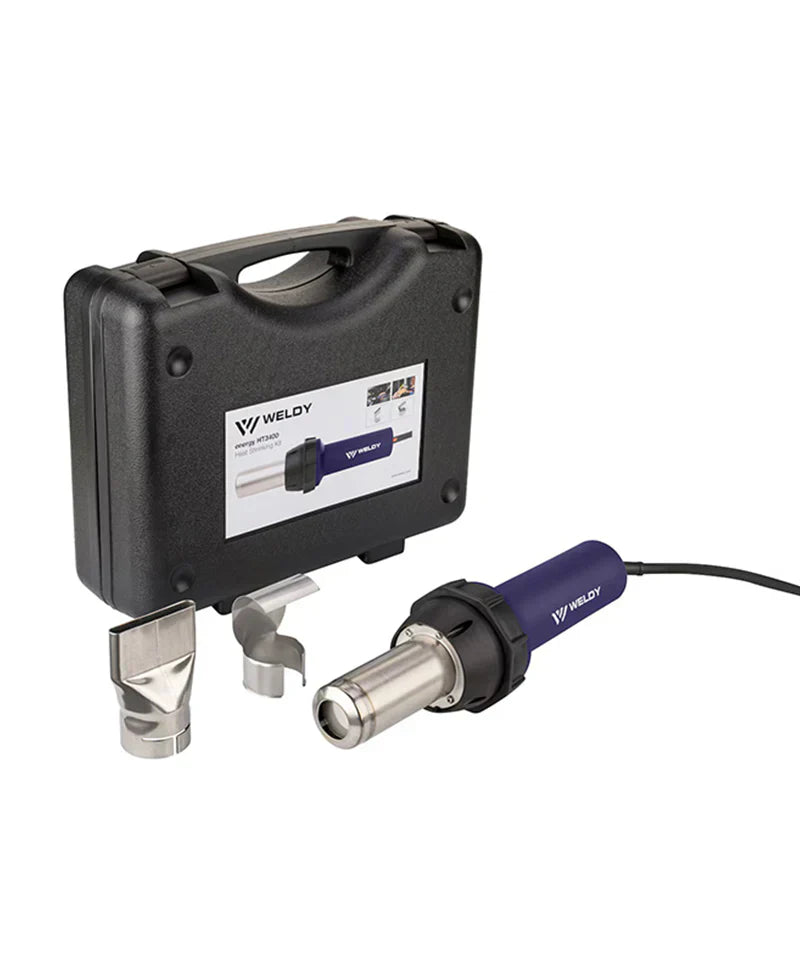
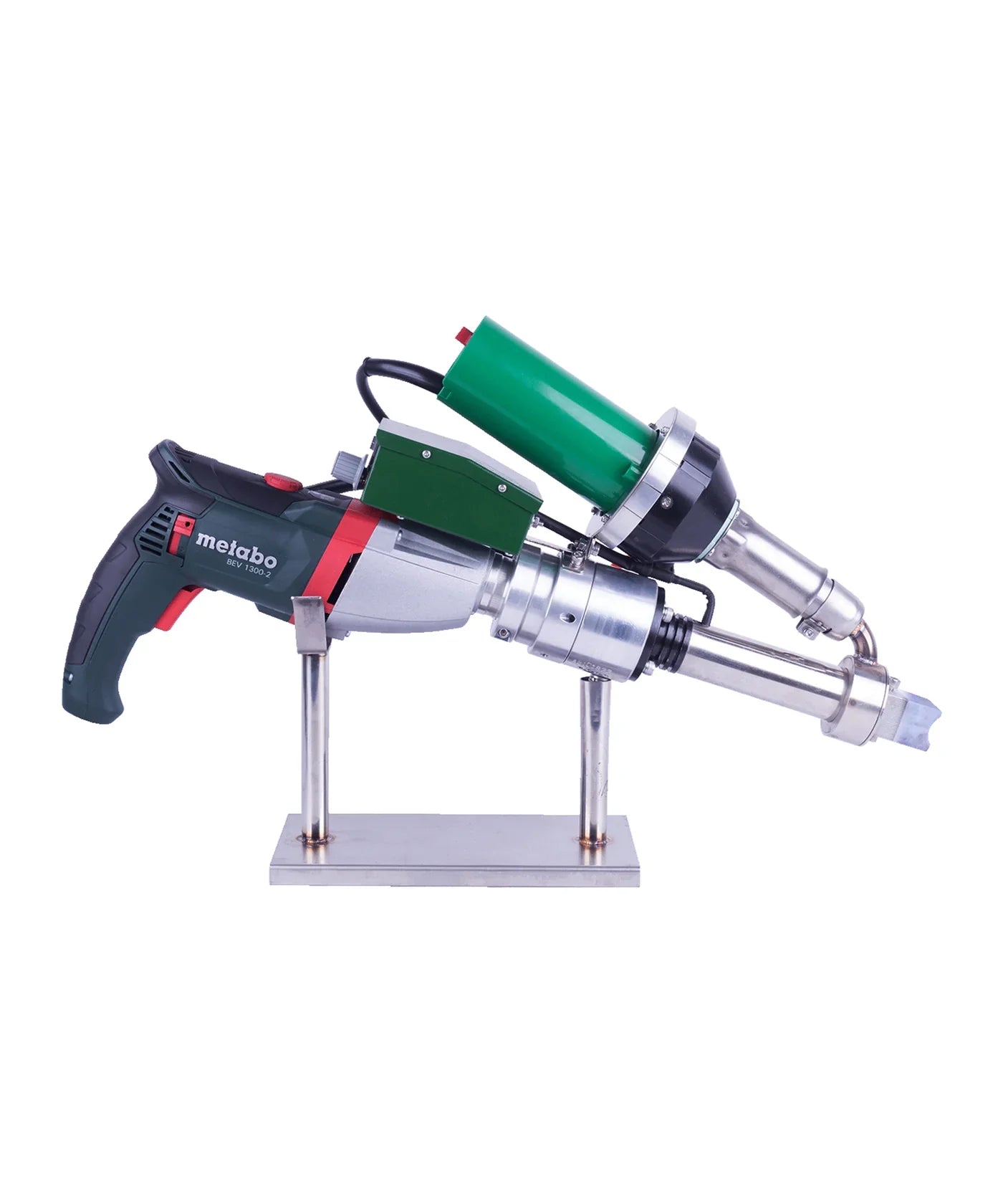
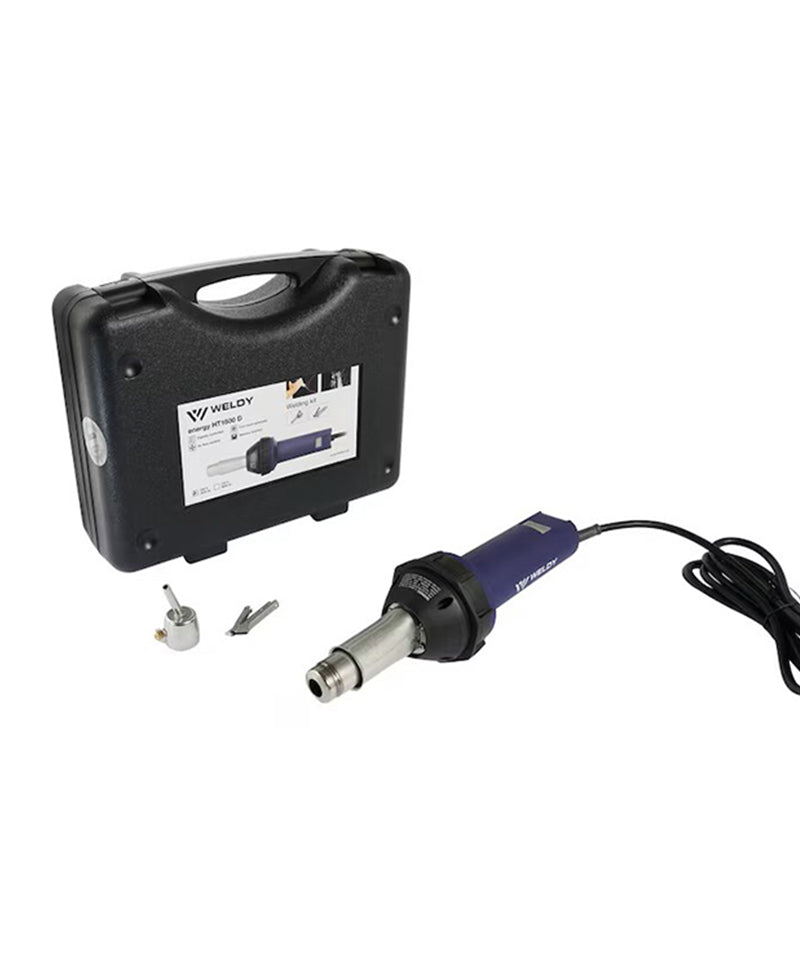
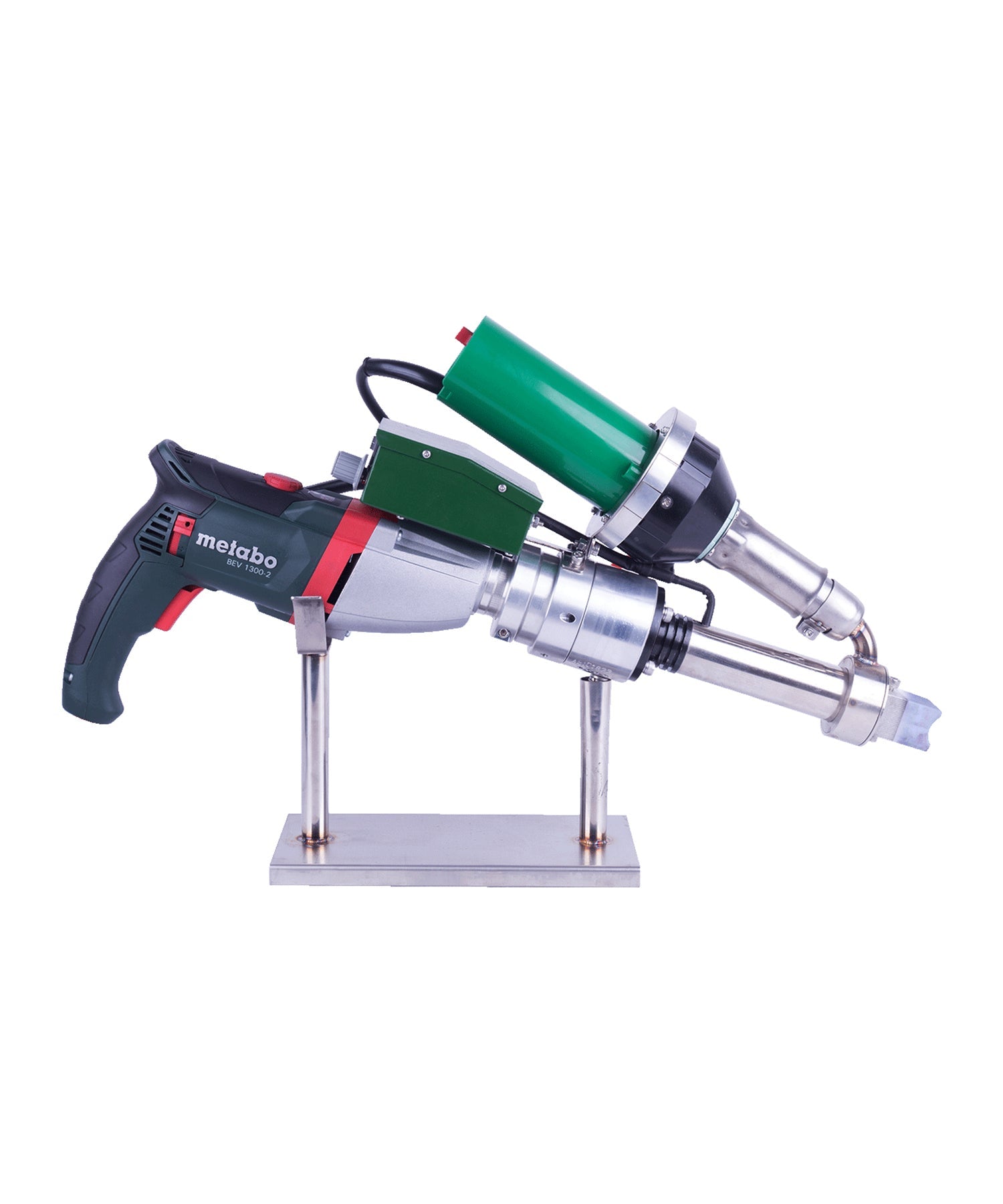
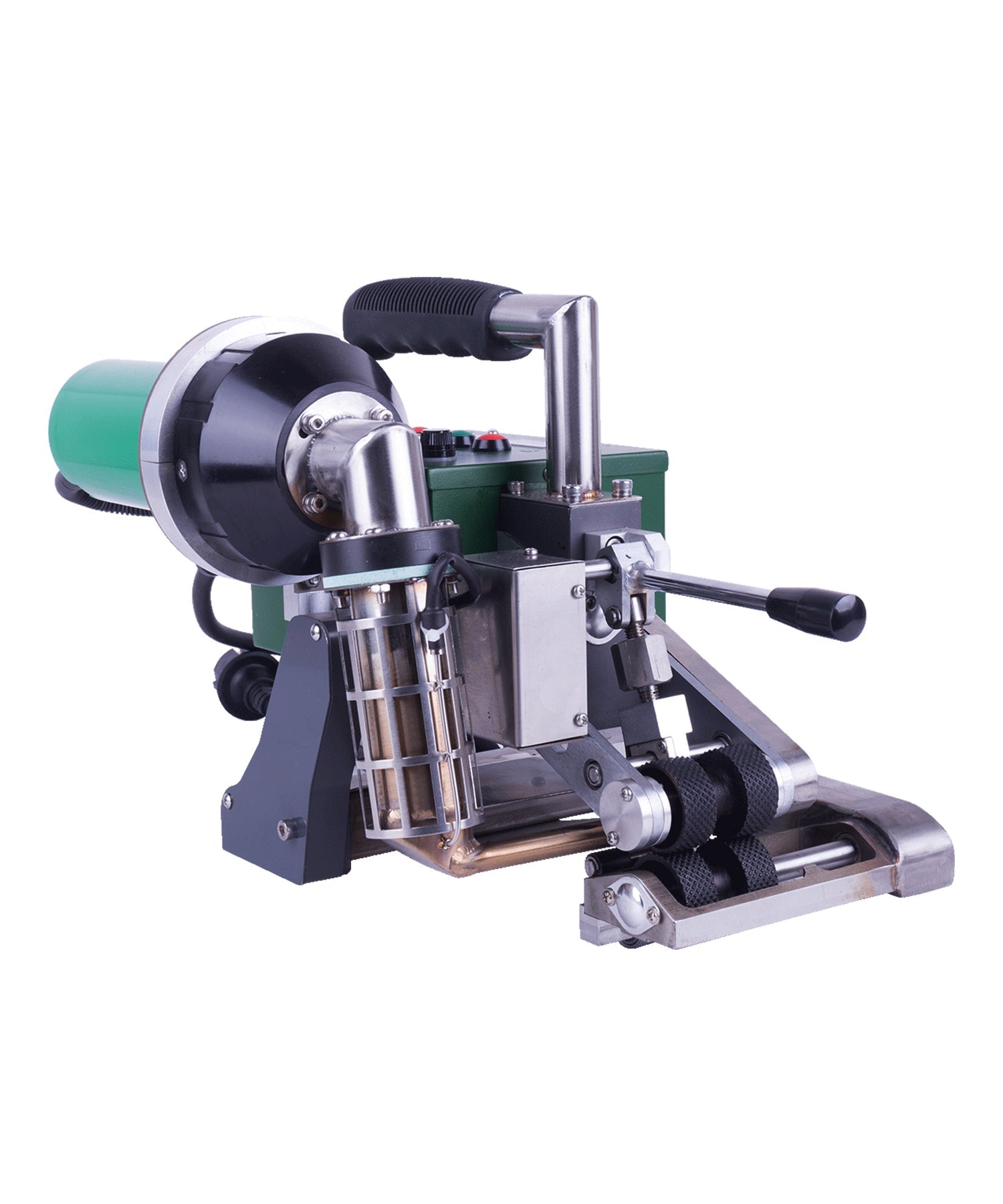
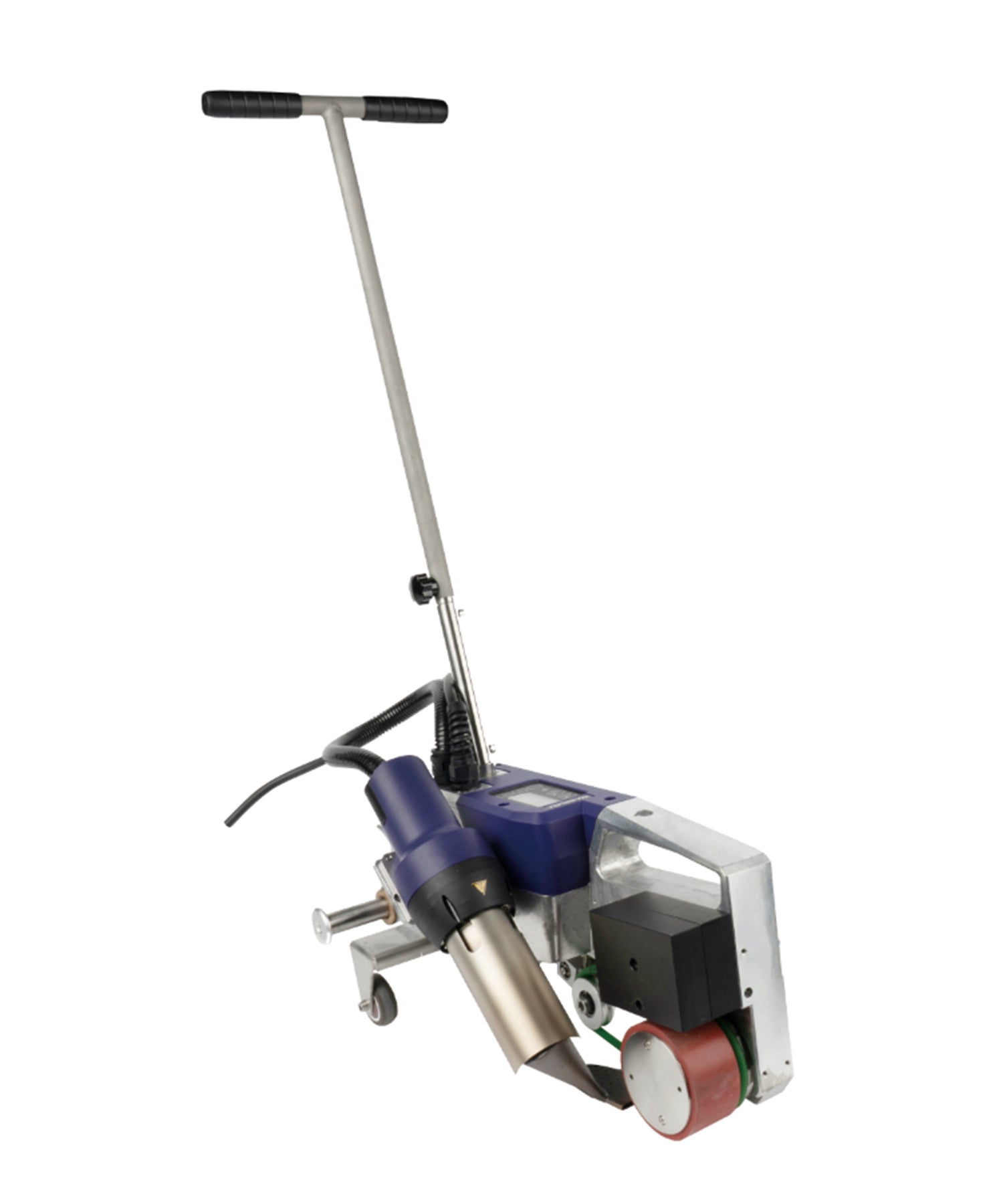
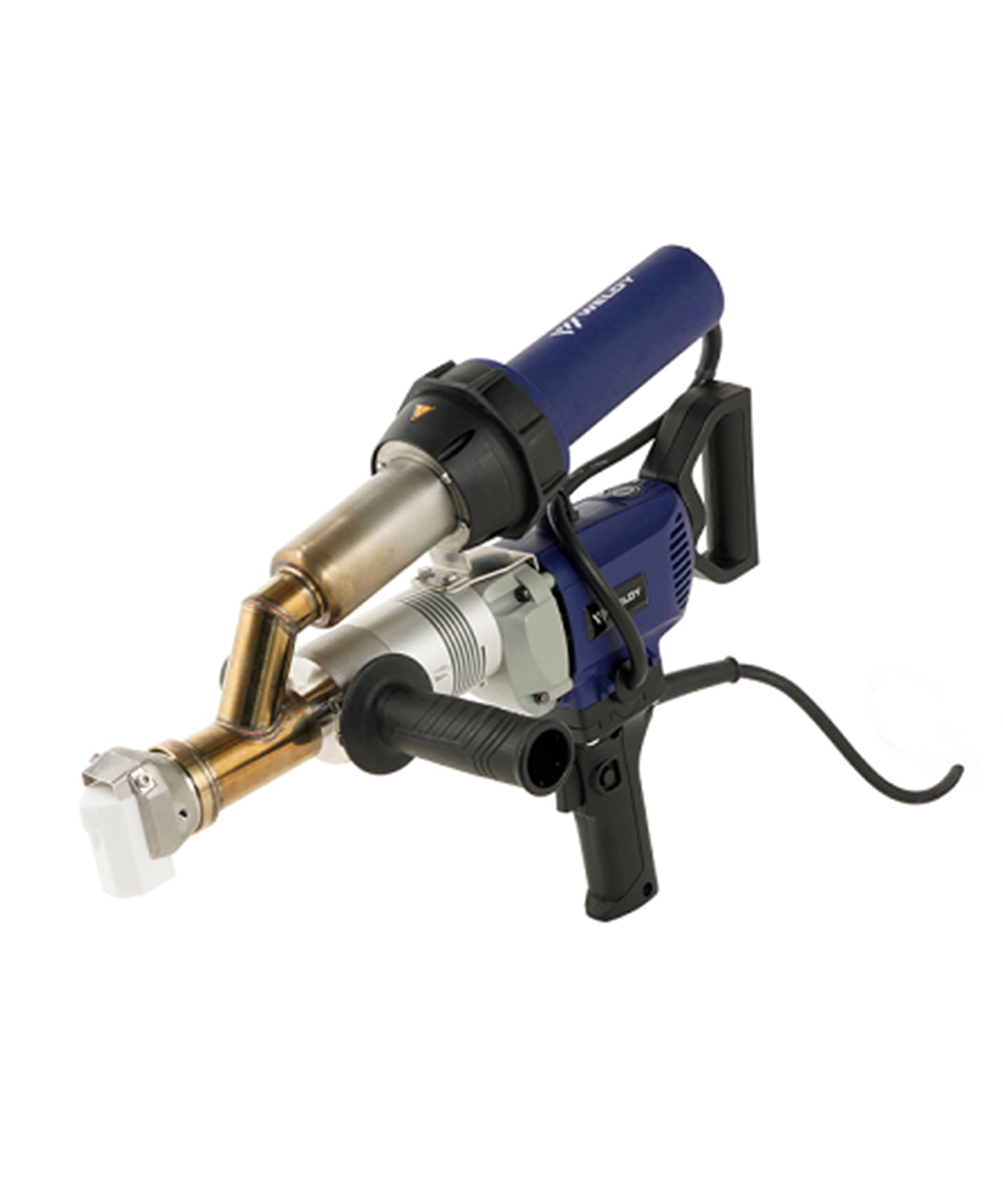
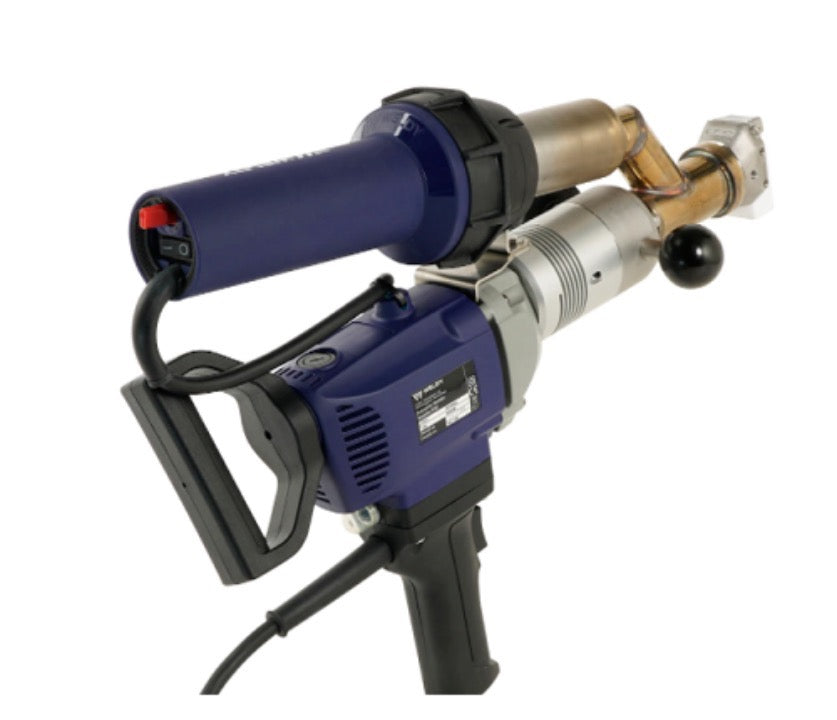
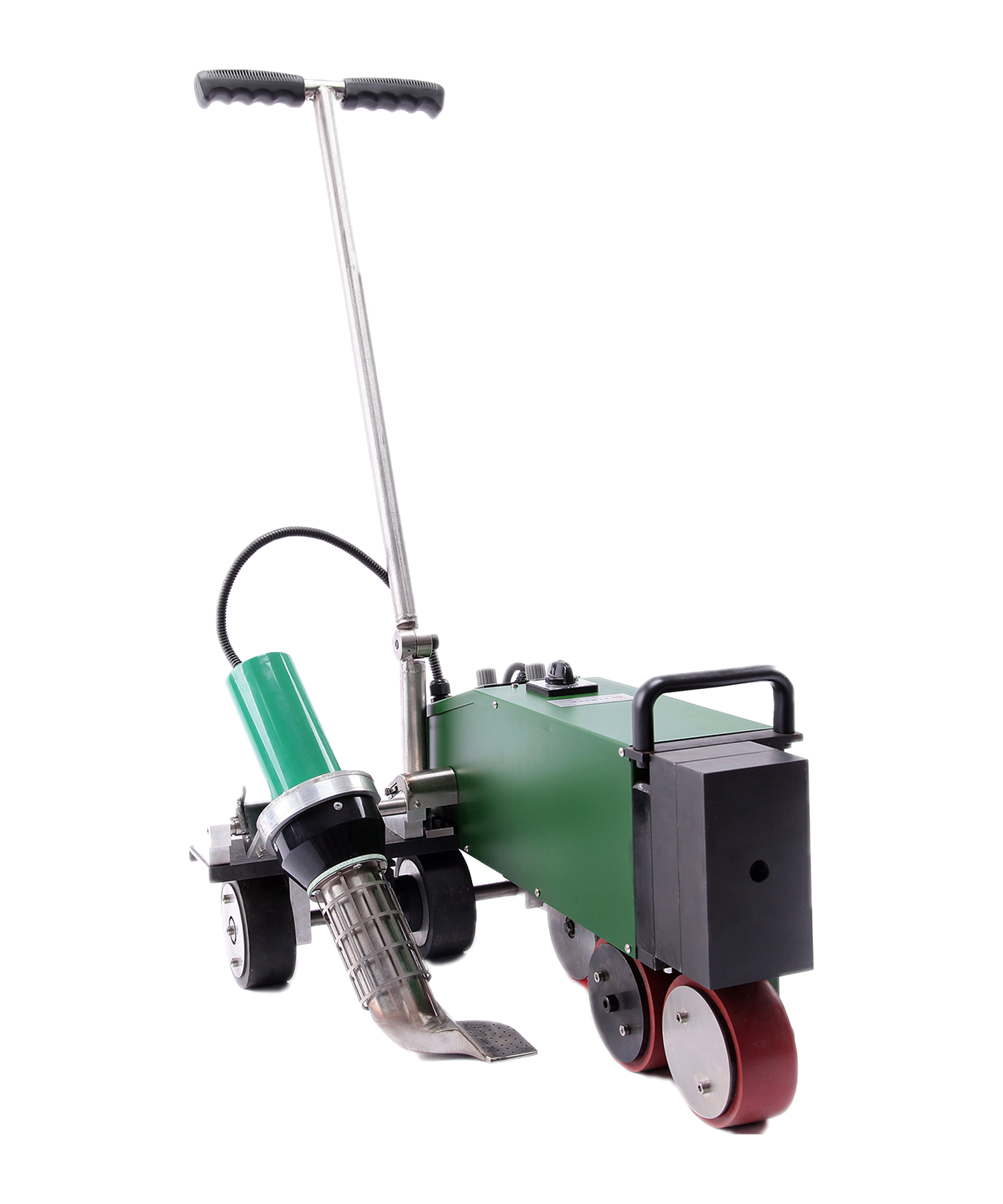
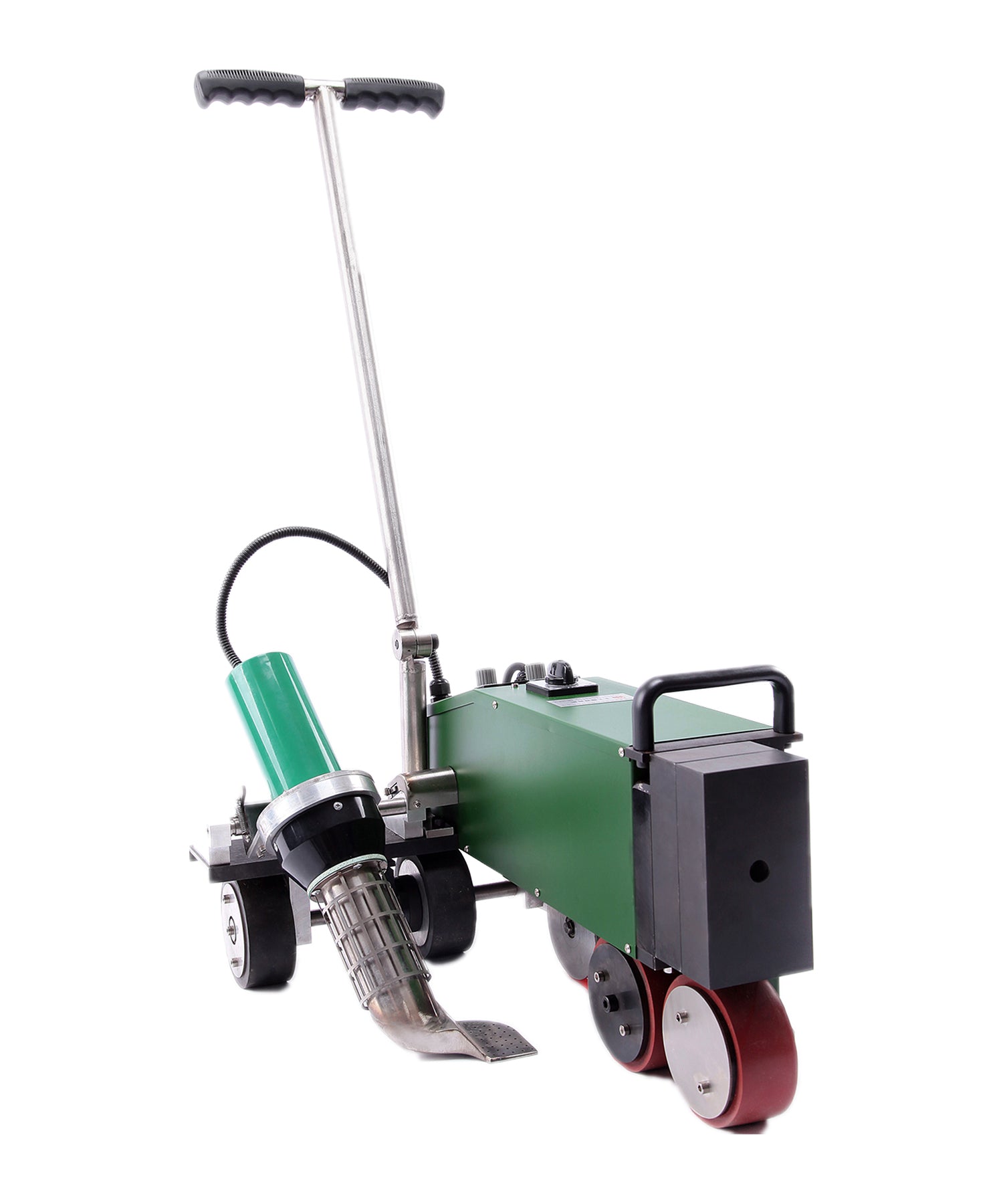
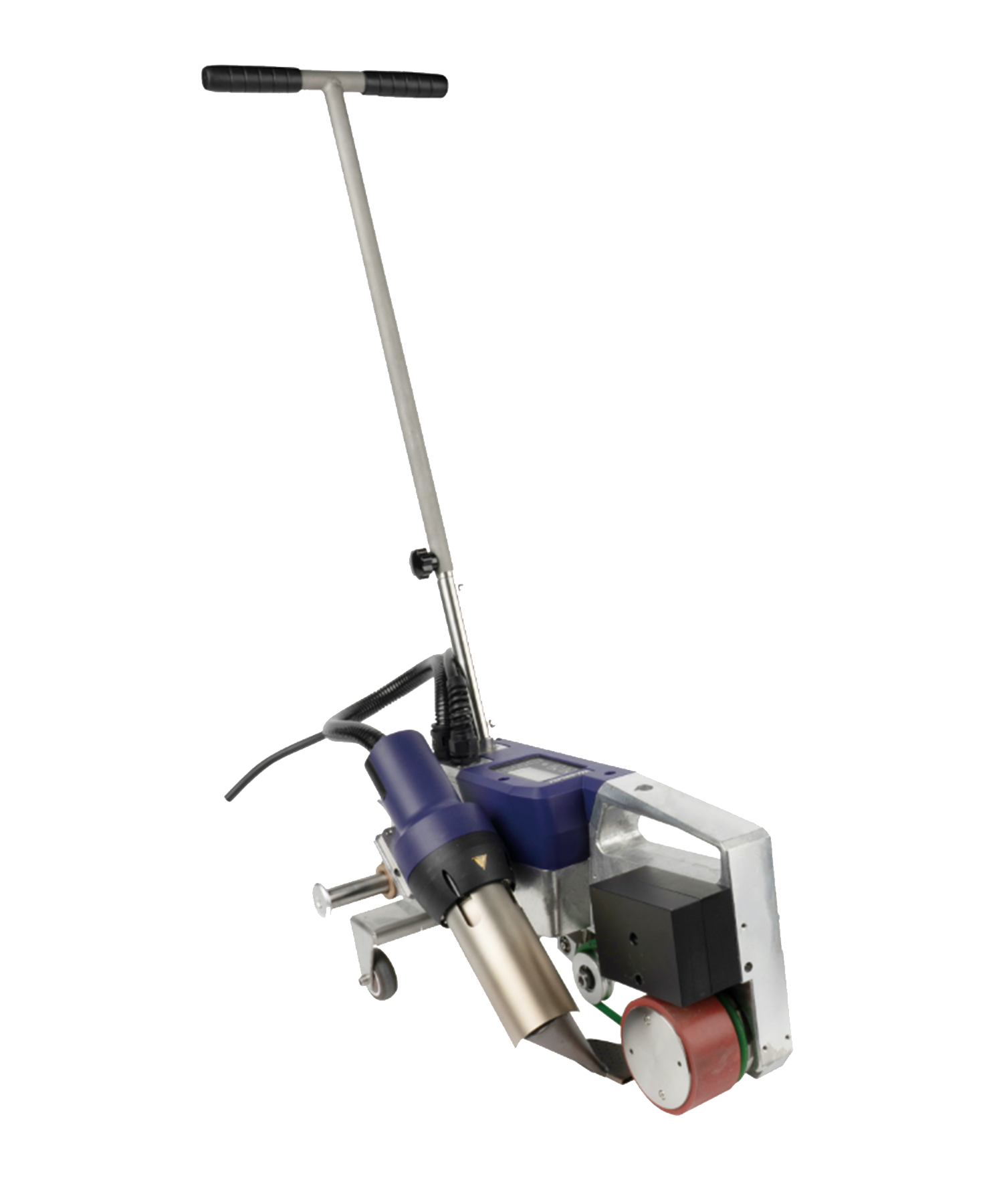
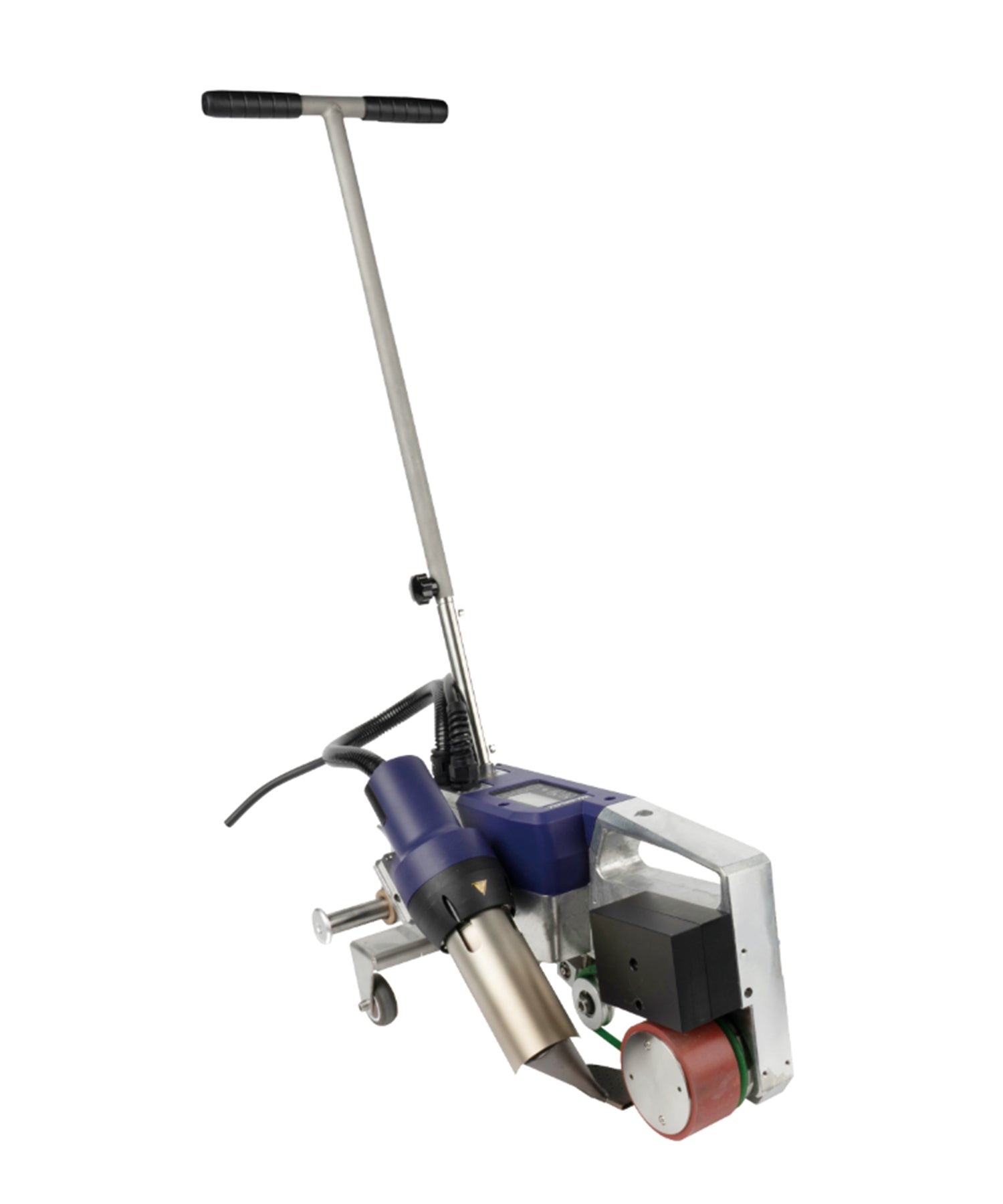
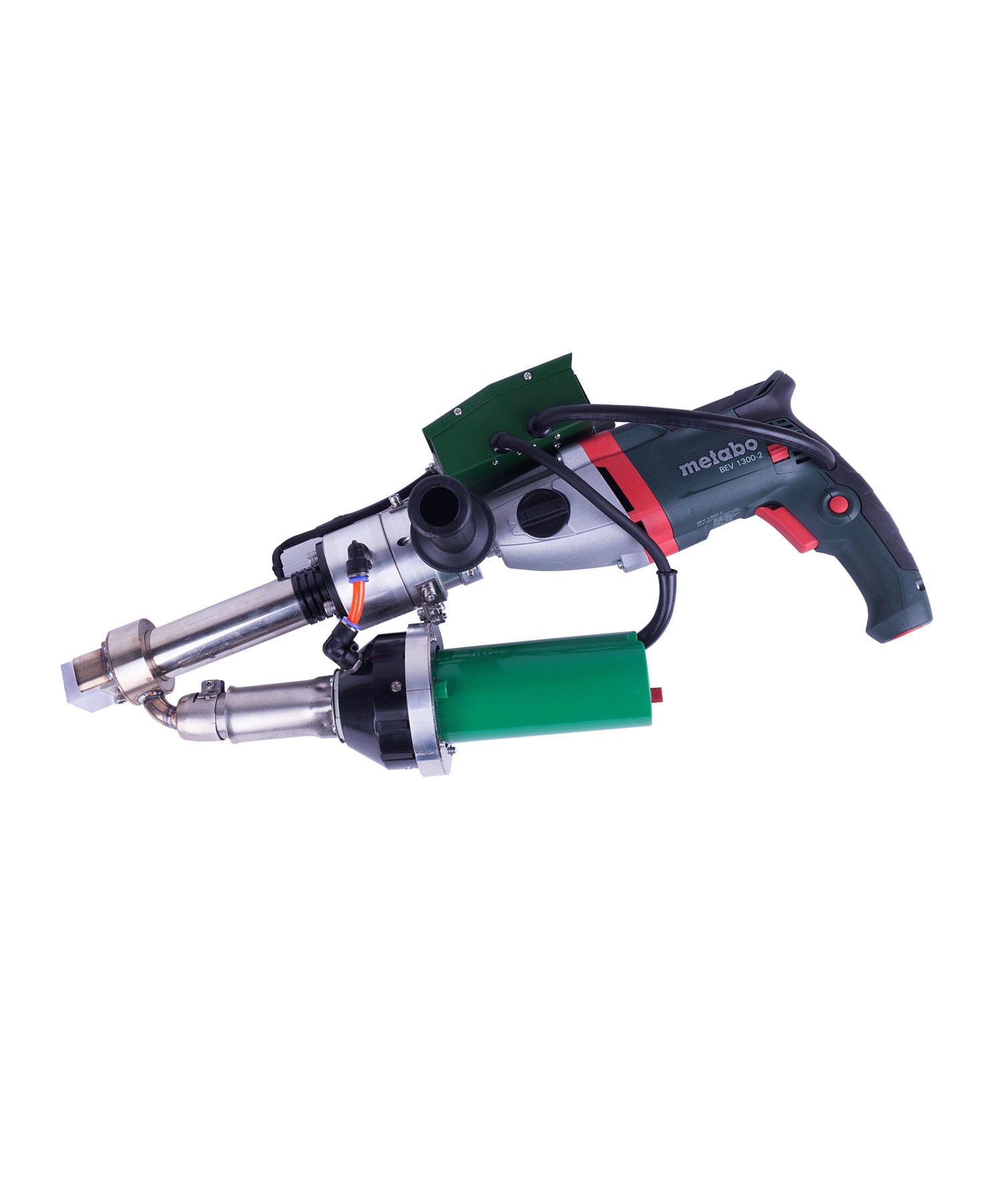
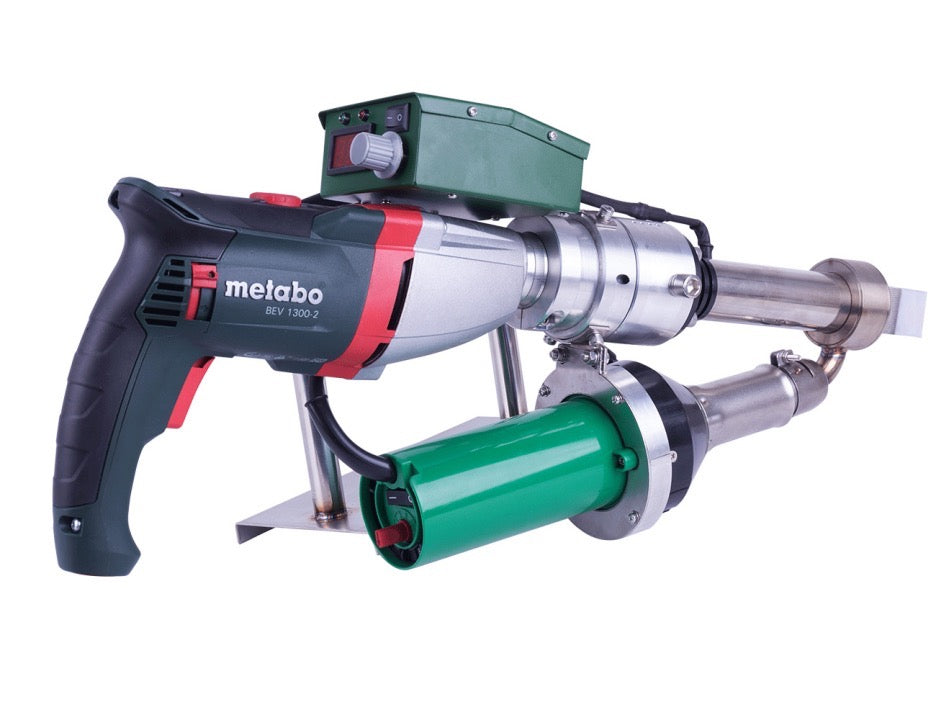
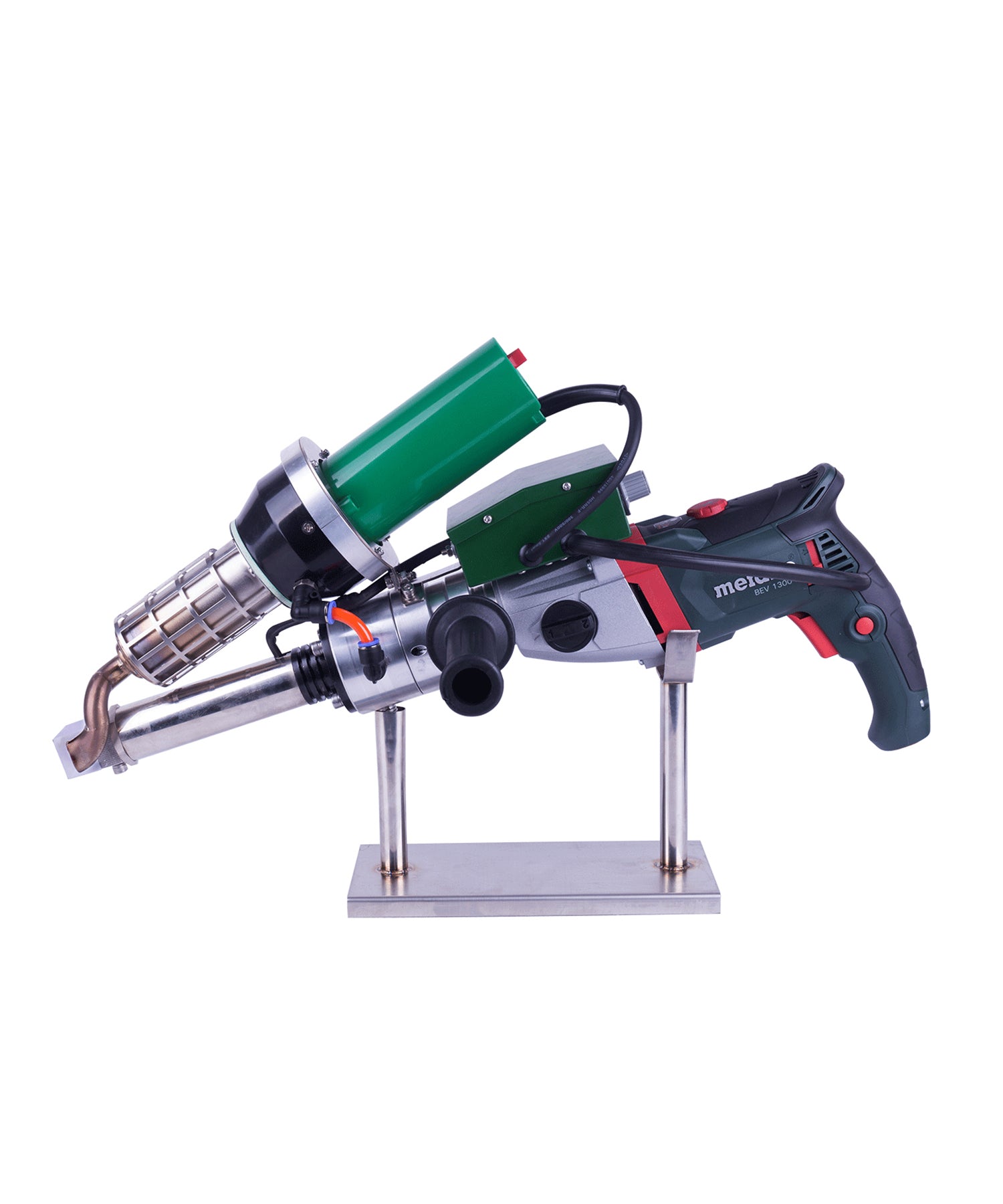
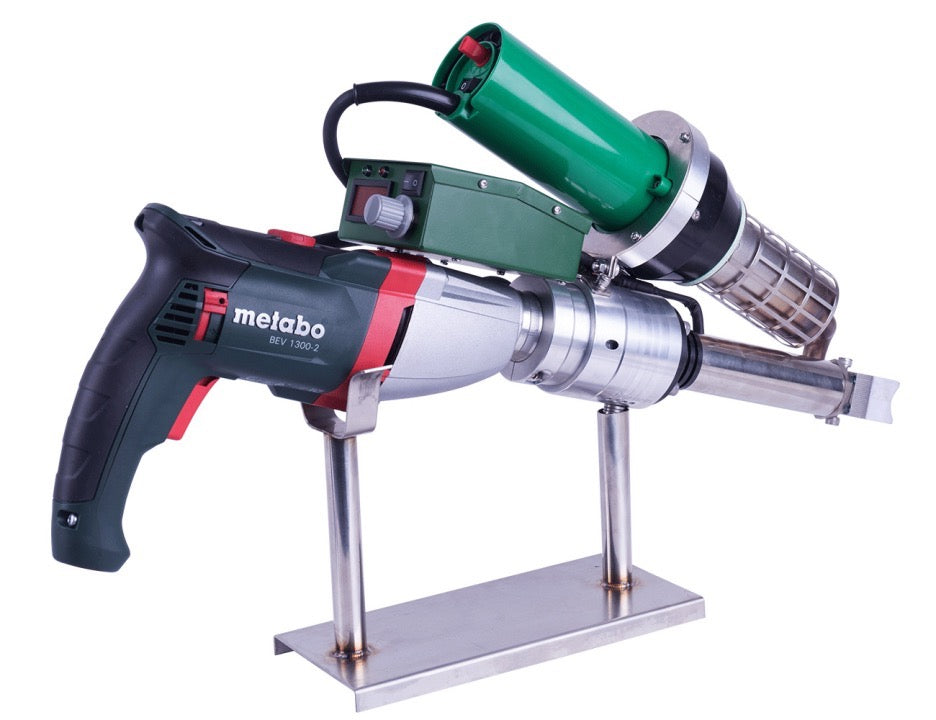
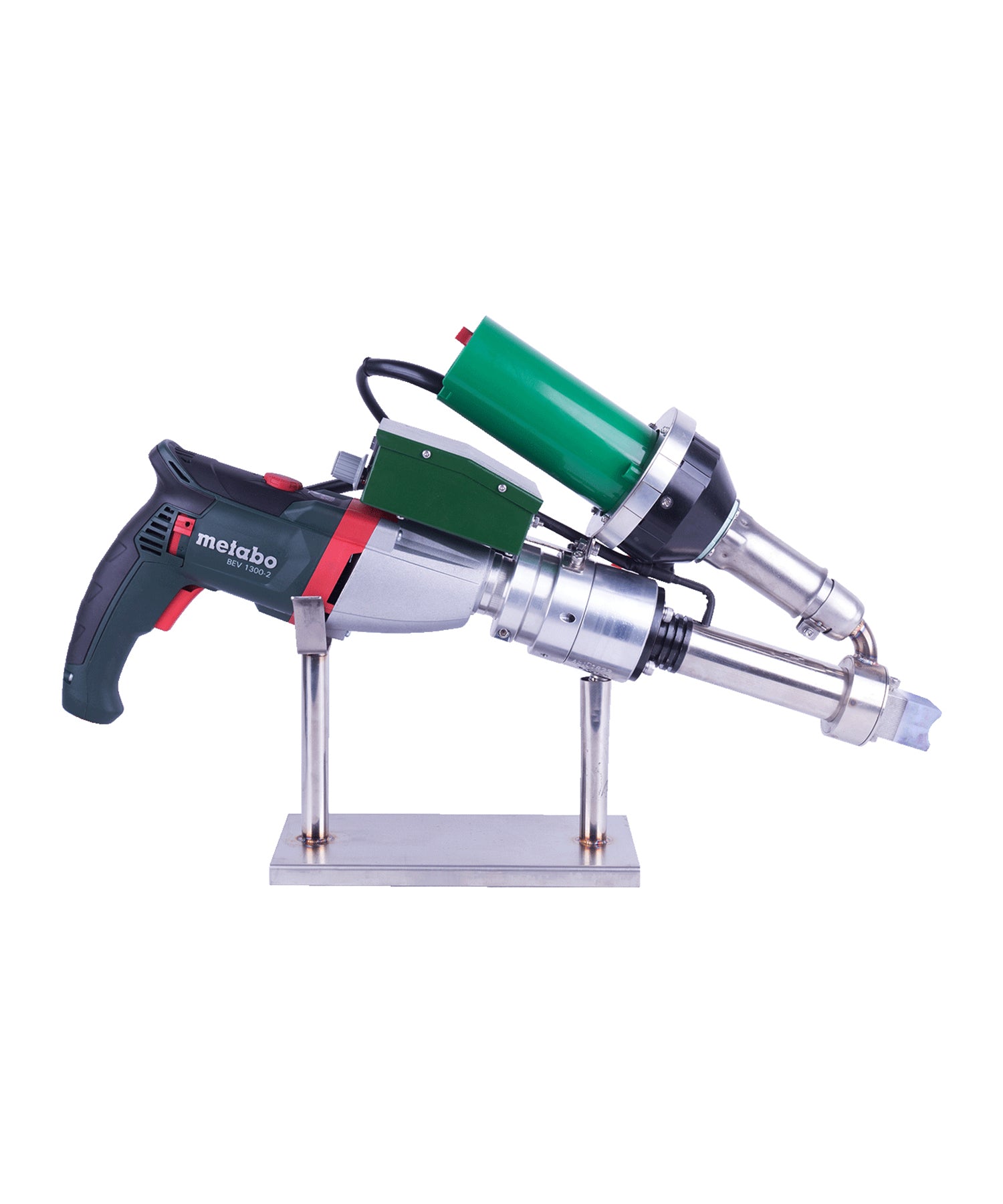
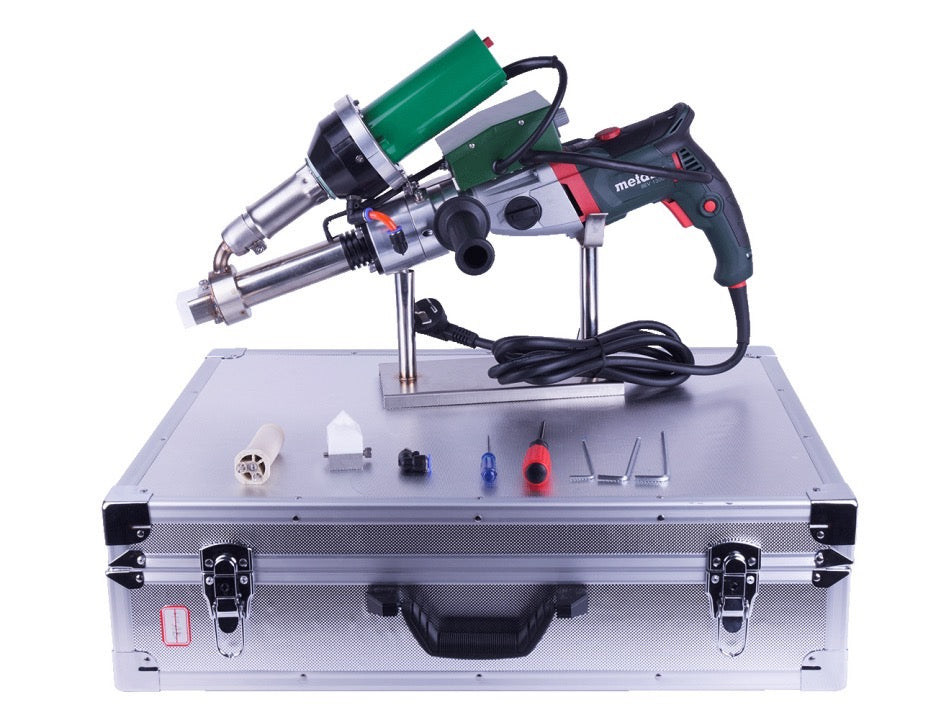
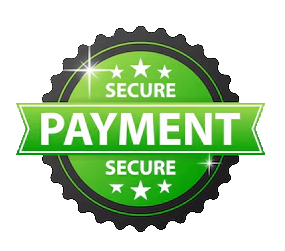
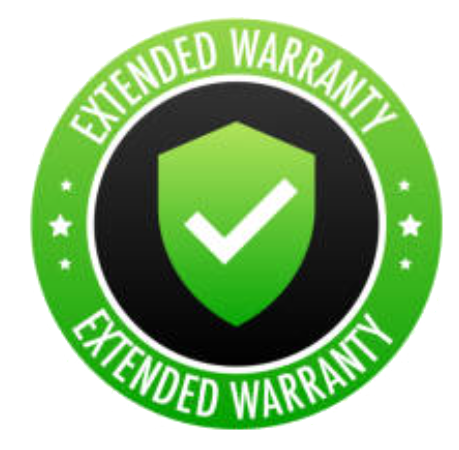

Leave a comment
This site is protected by hCaptcha and the hCaptcha Privacy Policy and Terms of Service apply.